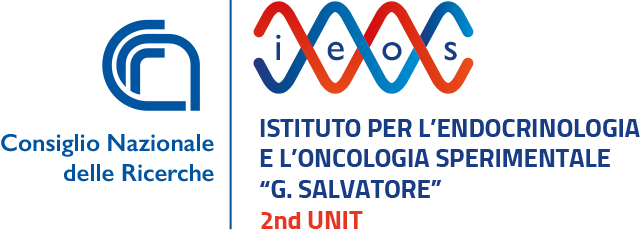Inorganic nanomaterials for medical diagnostics and treatment- Dr. Ilaria Rea, Senior Researcher at the Institute of Applied Sciences and Intelligent Systems (ISASI) of the National Research Council (CNR) in Naples
Abstract: Inorganic nanomaterials offer several advantages, including tunable morphology and surface chemistry, a high surface-to-volume ratio, chemical stability, biocompatibility, and unique optical, magnetic and electrical properties. This presentation will describe the use of inorganic nanomaterials in biomedical applications. Nanoparticles (NPs) derived from diatomite, a material of sedimentary origin formed from the remains of diatom skeletons, will be discussed. Diatomite-based NPs (DNPs) can be produced through a mechanical process based on ultrasound application and filtration. DNPs are characterized by a porous morphology, which is useful for the efficient loading of drugs. They can be made photoluminescent for imaging purposes. The silica surface can be chemically modified by various functionalization strategies to increase the uptake capacity of the DNPs and improve the pharmacokinetic and pharmacodynamic profiles of the delivered drugs. A hybrid nanosystem, constituted by DNPs covered by gold NPs acting as SERS substrates, is proposed for simultaneous intracellular drug sensing and delivery. This nanosystem represents the first example of a multifunctional platform fabricated from diatomite. Active targeting strategies, achieved by immobilizing ligands on the NPs, are also explored to enhance drug delivery efficiency.
Short biography: Ilaria Rea is a senior researcher at the Institute of Applied Sciences and Intelligent Systems (ISASI) of the National Research Council (CNR) in Naples, where she leads the “Functional Nanomaterials and Interfaces” laboratory. Her research interests focus on the development of micro/nano devices with advanced properties for applications in optical biosensing and nanomedicine. Materials developed in her lab include nanostructured silicon, plasmonic nanoparticles, zinc oxide nanowires, and hybrid nanosystems functionalized with antibodies, proteins and nucleic acids. Her research activity, made in collaboration with a multidisciplinary research team of physicists, engineers, chemists, and biotechnologists, focus on the diagnosis and treatment of human diseases such as cancer.



